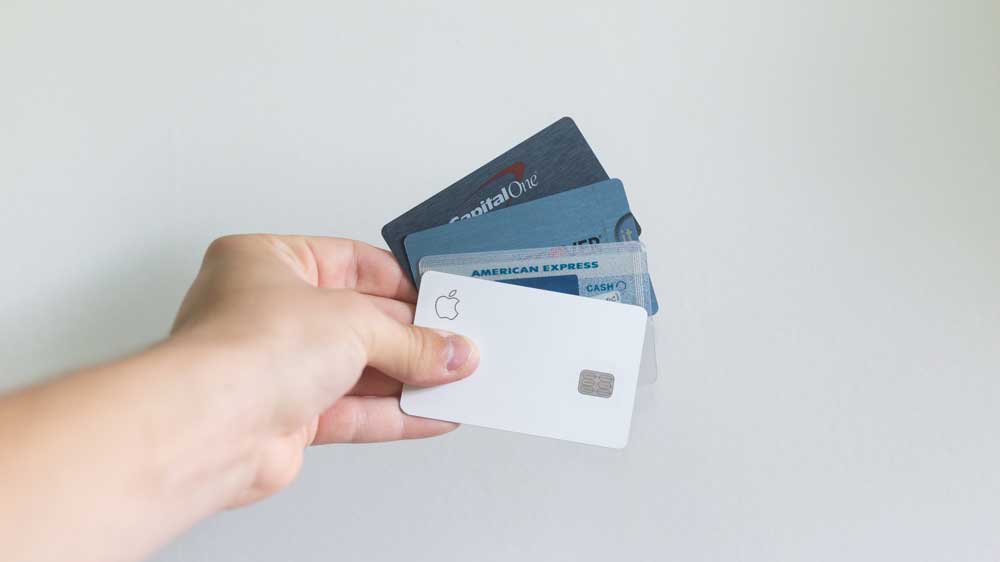
Last updated on August 28, 2021
Before buying a second home, you will likely ask yourself can I afford a second home and, if so, how much second home can I afford? While everyone’s financial circumstances differ, there are certain guidelines to follow in the United States and Canada when preparing to buy a second home. In this article, we provide an overview of these guidelines in an effort to assist you in determining how much second home you can afford.
Following the success of our earlier article on How Much Vacation Home Can I Afford, we decided to write an article on second home affordability. While a second home and vacation home may be one and the same, there are important characteristics of a secondary residence, as opposed to a vacation rental property for instance, from a lending and tax perspective. For this reason, we explore these specific elements further below.
Summary
When asking yourself how much second home can I afford, you should consider the following:
- Difference between a second home and investment property
- Your credit profile
- Your debt-to-income ratio
- Size of your down payment
- Equity available from primary residence
Second Home vs Investment Property
A second home is an additional property that you plan to live in for part of the year. Often second homes are purchased as vacation homes in sunny locations or other recreational destinations. An investment property, on the other hand, is purchased primarily for investment purposes, often for the purposes of generating rental income. Because of this distinction, lenders and taxation authorities in the United States and Canada will have different treatment for each.
In the United States, the IRS may treat your home as an investment property instead of a second home if you rent out your property for 15 days or more. Similarly, by renting out a second home frequently, the CRA may view your property as a commercial enterprise as opposed to a secondary residence. As a consequence, you will be required to report any rental income to the relevant taxation authorities and otherwise deal with the additional responsibility that comes with operating an investment property.
From a lending perspective, mortgage terms for second homes will typically be more favorable than mortgage terms for an investment property. This is due to the increased risk profile of an investment property (a borrower is less likely to default on a second home that they occupy for part of the year than a rental property). For borrowers in the United States, the property must typically be at least 50 miles away from your primary residence in order to enjoy the second home classification that is coupled with a lower interest rate. For borrowers in Canada, the distance between your primary home and second home may similarly be relevant to lenders for the purposes of determining whether you truly intend to use your home for personal use or investment purposes.
For reasons noted above, we have assumed that you will not be renting out your second home to any significant degree in order to offset your carrying costs. If, on the other hand, you do expect to rent out your second home, as a vacation rental for example, then you may be able to stretch your dollar further and increase your borrowing capacity. Some lenders may give you credit for up to 75% of the projected fair market rents determined with an appraisal when buying a second home.
Consider Your Credit History

Second home mortgage lenders require higher credit scores to ensure that you won’t default on the loan. Many lenders require at least a 640-credit score, but others may have even higher requirements. The higher your score, the lower your risk of default and the higher your chance of approval.
Consider Your Debt-to-Income Ratio
Your debt-to-income ratio is an important financial measure when determining how much second home you can afford. Simply put, your debt-to-income ratio is the percentage of your gross monthly income that goes to paying your monthly debt (total monthly debt payments divided by gross monthly income). The lower the ratio, the less risk there is from a lender’s perspective. Most financial experts recommend that your debt-to-income ratio represent no more than 30% for housing expenses, although that has as much to do with asset diversification as maintaining a comfortable debt level. A good rule of thumb is that your debt-to-income ratio should not exceed 43% overall. Certain lenders may require lower debt levels whereas others may permit a higher level, perhaps as high as 49%. Every borrower’s financial circumstances are different and every lender will have their own lending criteria so be sure to shop around.
Using a debt-to-income ratio of 43% overall, let’s consider an example. If you pay $1,600 a month for your existing mortgage and another $200 a month for the rest of your debts, your monthly debt payments are $1,800 ($1,600 + $200 = $1,800). If your gross monthly income is $7,000, then your debt-to-income ratio is 25.7 percent ($1,800 is 25.7% of $7,000). Using our second home mortgage calculator, you would be able to afford a mortgage of $269,461 using a 30 year loan period and 3.5% interest rate. Assuming you have saved up a 20% down payment of $70,000, you could afford a second home worth $339,461.
Second Home Mortgage Requirements
Second home mortgages will often be accompanied by larger down payment requirements, higher interest rates and stricter lending guidelines. The reason is that second home mortgages are more risky as owners may be more willing to default on their second home mortgage when faced with financial hardship. If you plan on generating rental income, you may be faced with even fewer lenders willing to lend to you. Further, you can expect even higher interest rates and down payment requirements for rental properties.
Assuming again that your second home will be primarily used as a secondary residence, you will likely be required to come up with a down payment of 20% or more of the purchase price. You can also expect to pay interest rates that are 0.25% to 0.5% higher than you would for a primary residence.
For illustration purposes, if you’ve managed to save $50,000 towards a down payment, then you could afford a second home with a $250,000 purchase price ($50,000 is 20% of $250,000). If you’ve managed to save $100,000, then you could afford a second home worth $500,000 and so on.
Other Sources of Financing

If you don’t qualify for a second home mortgage or otherwise wish to explore other ways to finance the purchase of a second home, consider the following:
- Second mortgage on your principal residence – Not to be confused with a second home mortgage, a second mortgage on your primary residence involves taking out a second mortgage or doing a cash-out refinance on your first mortgage. If you have equity in your existing home, this may be a good option for you.
- Home equity line of credit – Similar to a second mortgage, if you have equity in your home but want a flexible second mortgage, a HELOC may be a better option. It works like a credit card, giving you a credit line equal to the amount you can borrow.
- Cash – This one should be obvious but if you have cash available, or can liquidate assets, you can purchase a second home with cash knowing that they make historically safe investments.
Second Home Calculators
With the above principles in mind, be sure to explore our Can I Afford a Second Home Calculator and Second Home Mortgage Calculator. By inputting the relevant amounts, including your gross monthly income and debt payments, both calculators will help you determine the maximum purchase price and mortgage you can afford in a second home.
